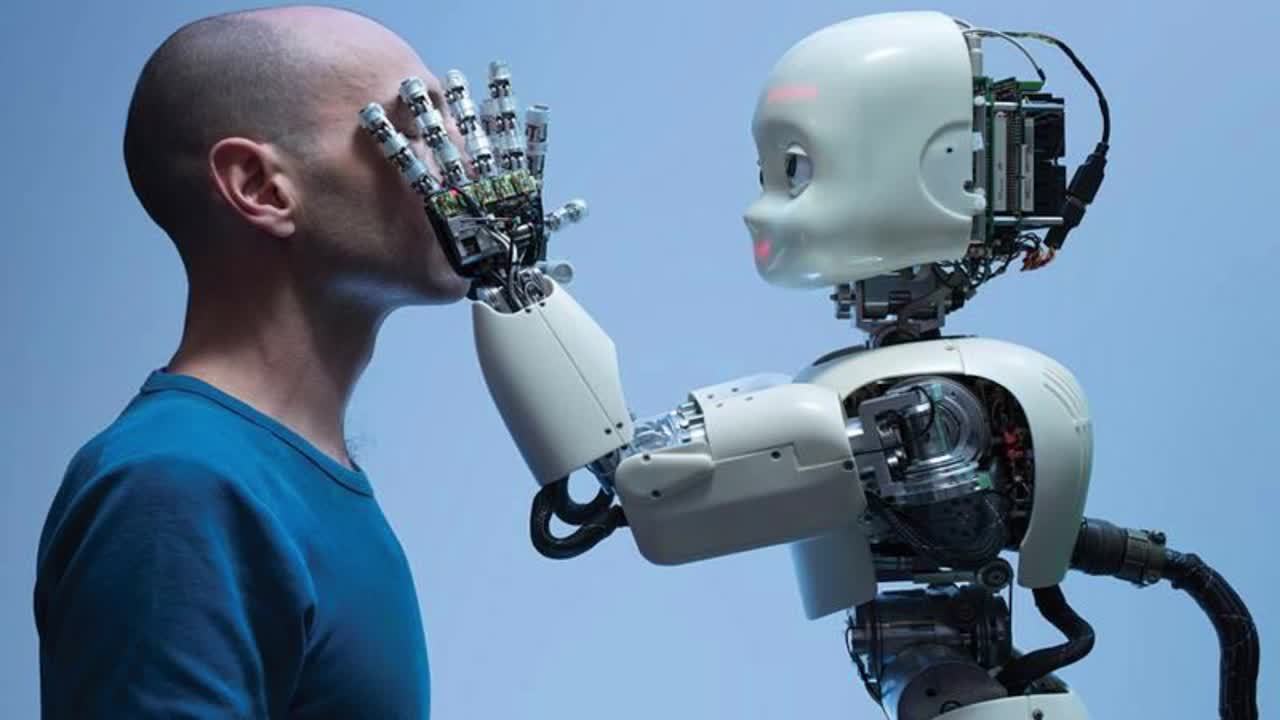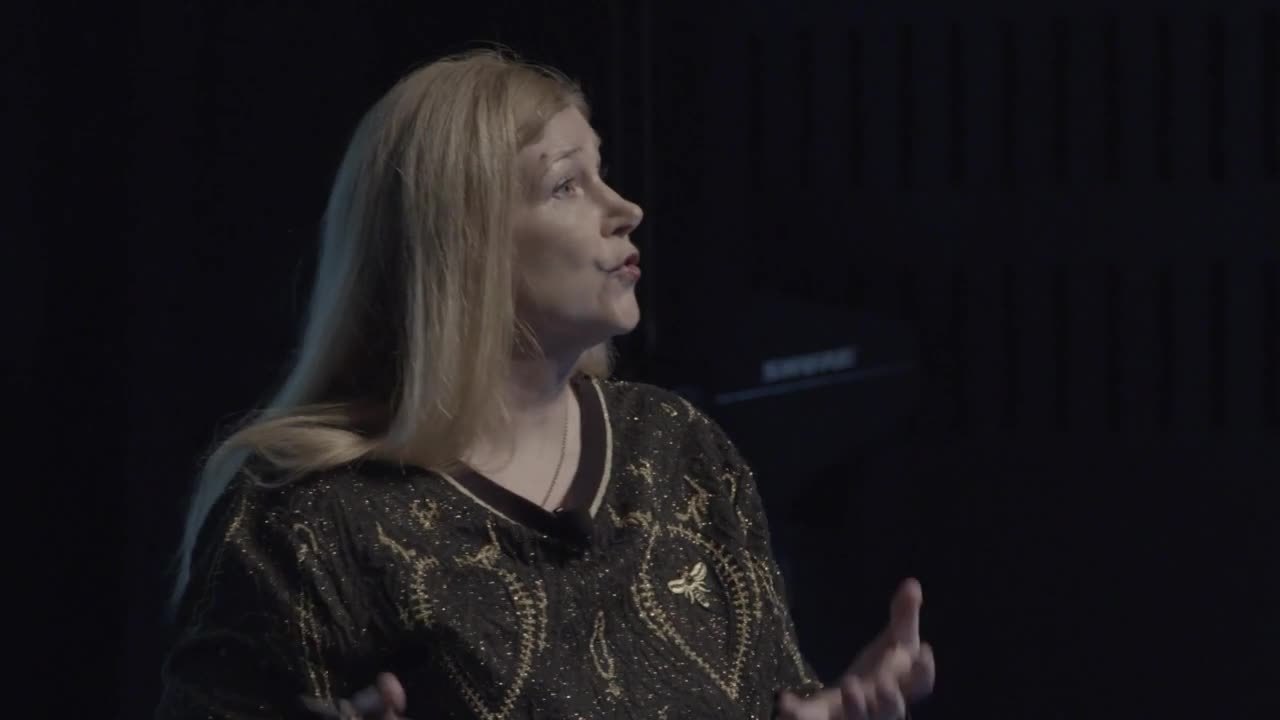Dr Sue Keay - Our evolving relationship with robots

Dr Sue Keay - Research Director Cyber-Physical Systems at CSIRO's Data61 - gave her insights on our changing relationship with robots, to a group of Telstra Wholesale customers.
We use robots to help us solve problems, whether it is industrial robots improving productivity in car assembly plants or sending them to places where people can’t go to improve safety.
As someone researching and developing new kinds of robots, I am always thinking of what problems they are here to solve, what conditions they need to work in and how to adapt them to work the best way possible.
How we evolve robots
Evolving robots starts by understanding their limitations. I work mostly with legged robots as these offer many advantages in traversing rough terrain like you find in Australia. Unlike humans, you can’t just drop one type of legged robot into an environment it wasn’t designed for and expect it to work well. The best leg from one environment does not transfer well to another.
We work with materials scientists to look at the properties of new materials and determine which are suited for the purpose that we are building some of our robots. We also apply machine learning techniques to determine the best morphology or shape for our robots. We evolve legs to reduce the energy required to locomote around various environments, and we observe differences in the ‘optimal’ morphologies to work out which are the best legs for the circumstances. We may have different legs for moving on sand, dirt or water, depending on the robot’s mission.
The result is legs which are specialised to each environment, much as we see in nature.
Evolution, accelerated
Seventy years ago, industrial robots were very similar to those used today. They are kept separate from humans. Next evolution comes with their use in the same space as humans.
We are now reaching a tipping point in the development of robotic technologies. Improved computer processing power is enabling an aspect of Artificial Intelligence called computer vision. Computer vision describes how computers, or robots, can gain knowledge and understanding from digital images or videos.
This enables us to automate tasks that we currently need the human visual system for and gives us the ability to create machines that see. Computer vision will help deliver robots, such as self-driving cars, which operate out in the world amongst us.
When you ally computer vision and deep learning AI techniques with fast data (what we think of as ‘knowledge’) transfer, we can start to see how fast robots will start to evolve.
How our relationship with robots is evolving
Our increasing exposure to artificial intelligences (including Amazon Alexa and Google Assistant) will change our relationship with robots and computers.
There are examples of people forming emotional attachments to their robots. We have seen army bomb disposal units name their bomb disposal robots and award them medals. When one robot was destroyed after disarming 19 bombs, the soldier asked for his robot - which was named Scooby Doo - to be repaired rather than receive a new robot.
There are also increasing numbers of robots involved in care in the home. I think we will see an evolution from our trusted home assistants like Alexa and Google Home, becoming more functional, with added sensors to see around the house and alert to dangers or to give reminders. Eventually these assistants will start to move around homes and keep a check on the physical and emotional well-being of the home’s occupants, without the need for cameras in every corner of the house or sensors to monitor falls. Our trusted assistants will keep an eye on things, and we will trust them to look out for us and alert the relevant people if anything were to go wrong.
Choosing our future
Our evolving relationship with robots poses some interesting questions. If we care for robots, and they care for us, will there a come a time when we hesitate to risk robots? Or will our relationships become as complex as our human ones? When robots are only as trustworthy as they are designed to be, how do we ensure we can trust them?
Perhaps the bigger question is if robots are freeing us from mundane tasks enabling us to achieve great things, what great things are we going to choose to do? And unlike in evolution in nature, we have the opportunity to control how this evolution plays out.

Knowledge sharing among our robot friends
In the video above, robotics expert Dr Sue Keay explains how knowledge-sharing means we can scale up robots to help us tackle problems that humans alone simply can’t solve.
